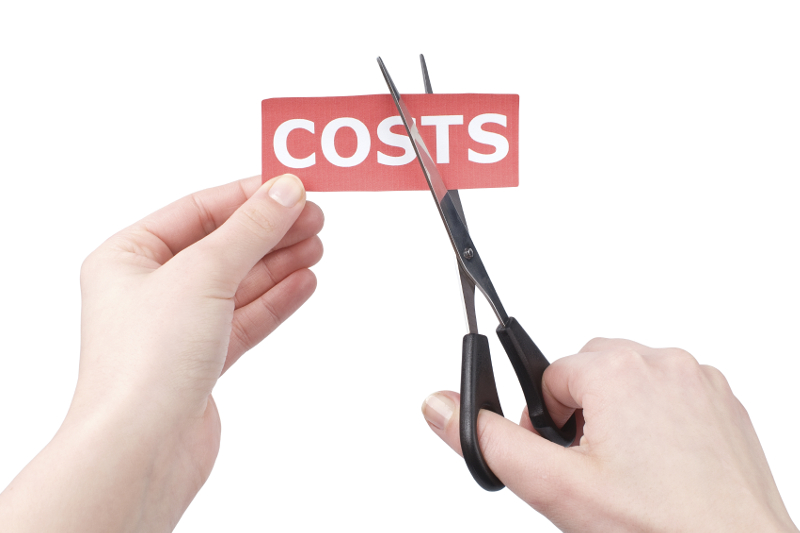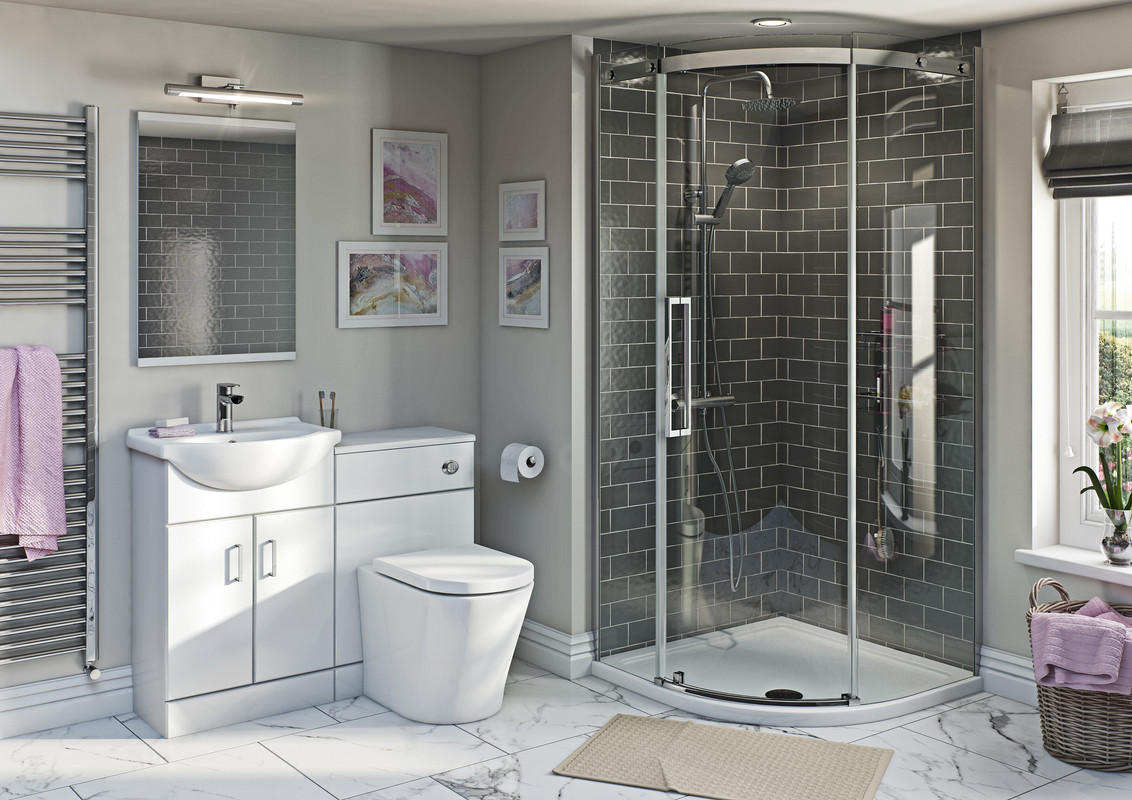How to reduce water rates
Whether you’re managing personal finances or the budget of an entire company, water bills will often be a big part of your expenses. Reducing them can seem difficult at first since water is such a vital part of everyday life, but there are several ways that you can keep those rates low without needing to sacrifice much in return. We’ve teamed up with Total Water Solutions to create this quick list of ways to reduce your water rates.

Add a water meter
It’s fairly common knowledge that a water meter can heavily reduce your water expenses, since it removes your rateable value charges: these charges are based on the annual rental value of the property, meaning that you’d pay a large sum on any home built prior to 1990 that had water.
With a water meter, this charge is replaced by a dynamic price that’s based on the water you use, slashing water costs by a huge margin in nearly every possible scenario. Although the concept of “pay for what you use” can seem scary to some, it’s almost guaranteed to cut down the average amount you pay for water each month.
Install low-flow water sources
Water pressure is only important in specific situations, and is often slightly too high in private homes or small business premises – leading to a lot of wasted water that went straight back into the sink, drain or ground.
Even reducing the flow rate by one gallon-per-minute can save thousands (tens of thousands, for company buildings) of gallons per year, with the only real downside being the lower water pressure and slightly slower flow. This can be extended to nearly any pipe-fed water source: low-pressure taps, hoses and showerheads will save you a large chunk of money whilst still allowing them to be used as normal.
Upgrade your toilet
The toilet accounts for a big part of the average household’s water usage, since many older designs come with a single-flush function that ejects all of the water in its tank with each flush. Modern designs often come with two buttons that have different flush levels, but there are a few other extra tools you can use, too.
For example, a tank bank bag will take up space inside the tank, reducing how much it can hold and thus how much gets flushed. If there’s a leak, you could also use temporary dye to spot any tank water that’s flowing into the toilet bowl – if this is happening, the toilet is flushing even more water than it normally would.
Use grey water
Many appliances discard all of the water they use, even if it’s still clean enough for other purposes. In a large business or residential building, a grey water harvesting system is an excellent way to re-use some of this excess waste water, since it can be used twice (or, technically, as many times as it’s still clean) without disrupting the existing pipe system.
Anything except water from a toilet (or similar appliance) can be used for this – it’s often pumped into a special tank that removes hair, bacteria and unneeded chemicals, then gravity-fed into appliances alongside regular water from the mains.
Grey water systems are fairly flexible, letting you decide how they should be installed – if you aren’t comfortable with the re-cleaned water coming out of your shower or sink tap, you can simply keep those appliances off the system and use the water for other purposes.
Avoid natural grass and plants
Many businesses use plants to add some natural interior decorations to certain rooms, and a lot of homeowners like to keep a natural garden or yard that’s full of well-kept grass. This isn’t usually an issue, but in warmer weather you can actually waste a lot of water keeping them healthy.
If you’re only keeping a plant as a decoration rather than as a hobby, it’s far more convenient and cost-effective to buy a plastic alternative. The same can be said for grass, with artificial grass looking almost identical to its natural counterpart and requiring no maintenance or water.
A large plant may only take half a cup of water every day or two, and a garden may only take a few seconds with a hose to cover, but that measurement begins to add up over time.
